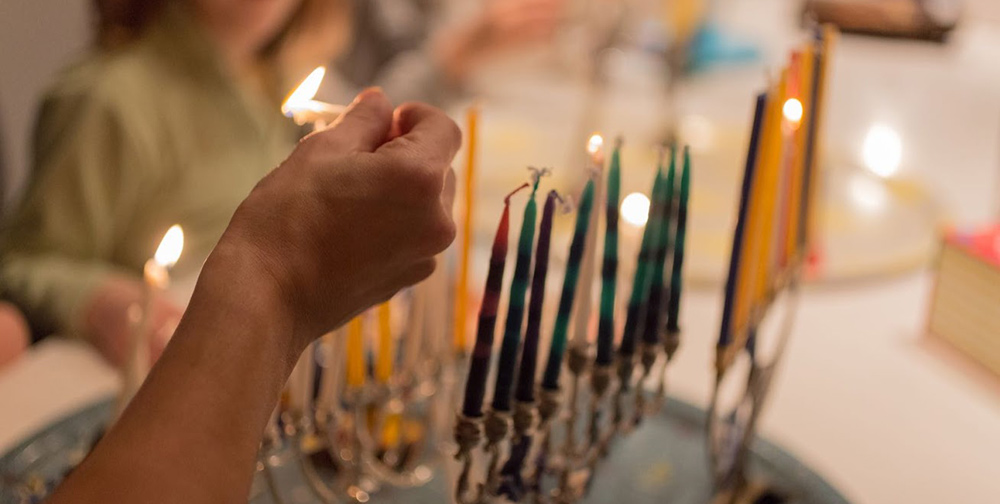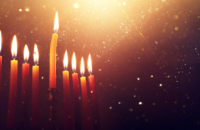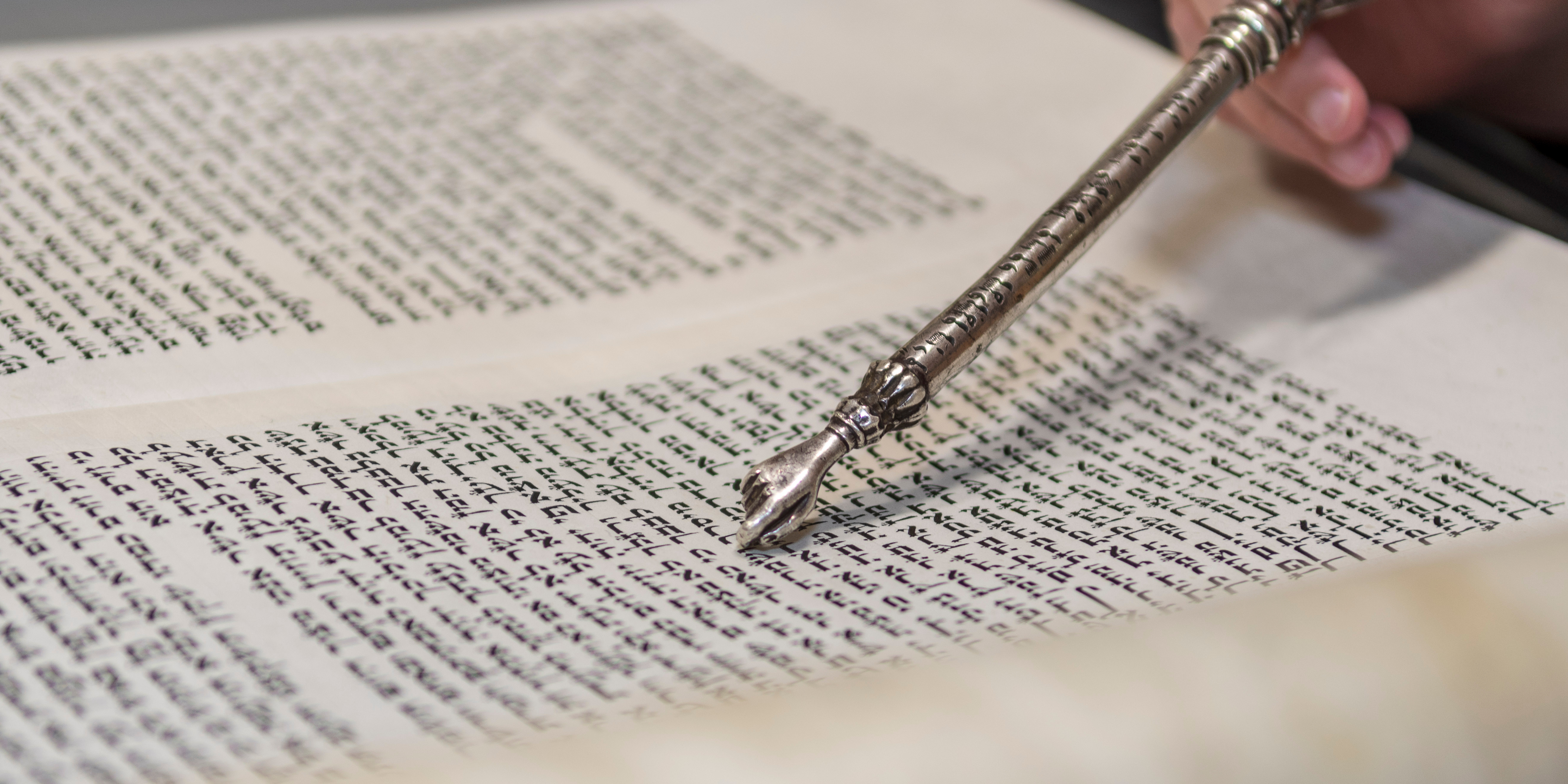Rosh Hashana Confrontation

Michael Walzer, one of America’s leading political philosophers, explains the difference between holidays and holydays in his book “Spheres of Justice”: Holidays, or vacations, are a modern innovation and are essentially individualistic in nature: “What is crucial of the vacation is its individualist (or familial) character… Everyone plans his own vacation, goes where he wants to go, does what he wants to do”. However, holydays are not like private holidays; they are not “empty days” for doing as you please. Holydays are generally full: “full of obligation but also of celebration, full of things to do…” Holydays, public Sabbaths, also entail public prohibitions – on work, for example. These prohibitions inevitably involve a curtailment of individual freedom, “…equality and the loss of liberty go together. Certainly the Sabbath is impossible without the general commandment to rest …”
What distinguishes holydays from holidays then is their demanding communal nature. Fully taking part in a holyday means relinquishing some of our autonomy and being subsumed into a powerful communal experience. Features that holydays and holidays share in common include their brief and exceptional nature. Just as our yearly holiday vacations are brief exceptional affairs that take us out of our normal mundane lives to somewhere different and offer us intense new vistas; so too religious holydays are unusual and often extreme spiritual “places” that we visit, temporarily, in order to refresh ourselves and shed a unique light on our lives. Although I for one do daydream idly about a making a permanent life in Wales or living in a Sukkah, seeking to reside permanently in our holydays is as foolish as mistakenly thinking that our holiday destinations are our true homes.
So where do we go when we visit the High Holydays of Judaism?
Rabbi Eliezer taught: The world was created on the twenty-fifth of Elul… the first human was created on Rosh HaShanah. During the first hour it entered God’s thought, in the second hour He took counsel with the ministering angels, in the third hour He gathered his dust, the fourth hour He kneaded the earth, the fifth hour He formed it, in the sixth hour He set the figure on its feet, in the seventh hour He threw a soul into it, in the eighth hour He put him in The Garden of Eden, in the ninth hour He commanded him, in the tenth hour he transgressed the command , in the eleventh hour he was judged, in the twelfth hour he received pardon from the Holy One Blessed be He. God said to him, “Adam, this is a sign for your children – just as you came before Me in judgement on this day and left with pardon, so your children are destined to come before Me in judgement on this day and to leave with pardon.” When does this happen? “In the seventh month on the first day of the month” (Leviticus 23:24) (Pesikta D’Rav Kahana, section 23, Rosh HaShanah)
Unlike other Jewish holydays, Rosh HaShanah and Yom Kippur do not mark events in Jewish history but in the history of the world. The High Holydays commemorate the birthday of the world and on these days we are deemed to be judged, and potentially forgiven, as earthlings; participants in the human project. On these days we experience the world as humans, Bnei-Adam, the children of Adam. According to our High Holyday liturgy, during this period of the year all humans pass one-by-one before an all-seeing God to be judged on their achievements and their failures. The community that we are really a part of on the High Holydays is the community of the children of Adam. It is the time of year, par excellence, for reflecting on where we humans are holding in the sacred tasks entrusted to our species.
The idea that the High Holydays are not really Jewish results in a certain social dissonance. The High Holydays involve rather a lot of shul going and Jewish stuff in general. I am sure that many young Jews in the UK rushing eagerly to shul on Rosh HaShanah will perceive their attendance as participation in one of the more intensely Jewish bits of their otherwise busily Adamite lives. How does their experience sit with the notion that these days are the peak of the Jewish experience of membership of the Adamite community? If Walzer is correct that Holydays are essentially communal affairs, with rules and norms at their heart, how can the essential experience of the High Holyday period be one shaped by Jewish norms and practices when it is the Adamite community that stands before God in prayer?
The intellectual leader and shaper of American Orthodox Judaism in the 20th century, Rabbi Joseph B. Soloveitchik, explored the issue of our double participation in both the Jewish project and the human one in his article “Confrontation”, first published in the journal Tradition in 1964. He offers a harsh criticism of “The Westernized Jew”:
“We Jews have been burdened with a twofold task: we have to cope with the problem of a double confrontation. We think of ourselves as human beings, sharing the destiny of Adam in his general encounter with nature, and as members of a covenantal community which has preserved its identity under most unfavourable conditions, confronted by another faith community. We believe we are the bearers of a double charismatic load, that of the dignity of man, and that of the sanctity of the covenantal community… The emancipated modern Jew, however, has been trying, for a long time, to do away with this twofold responsibility which weighs heavily upon him. The Westernized Jew maintains that it is impossible to engage in confrontations, the universal and the covenantal, which, in his opinion, are mutually exclusive. It is, he argues, absurd to stand shoulder to shoulder with mankind preoccupied with the cognitive-technological gesture for the welfare of all, implementing the mandate granted to us by the Creator, and to make an about-face the next instant in order to confront our comrades as a distinct and separate community.”
Soloveitchik urges us to think deeply about how we can maintain our heartfelt commitments to both the Adamite and the Jewish life projects. Rosh HaShanah is a good time to ponder our struggle to uphold both.
Rabbi Joel Levy serves as Rosh Yeshiva of the Conservative Yeshiva and the rabbi of
Kol Nefesh.



